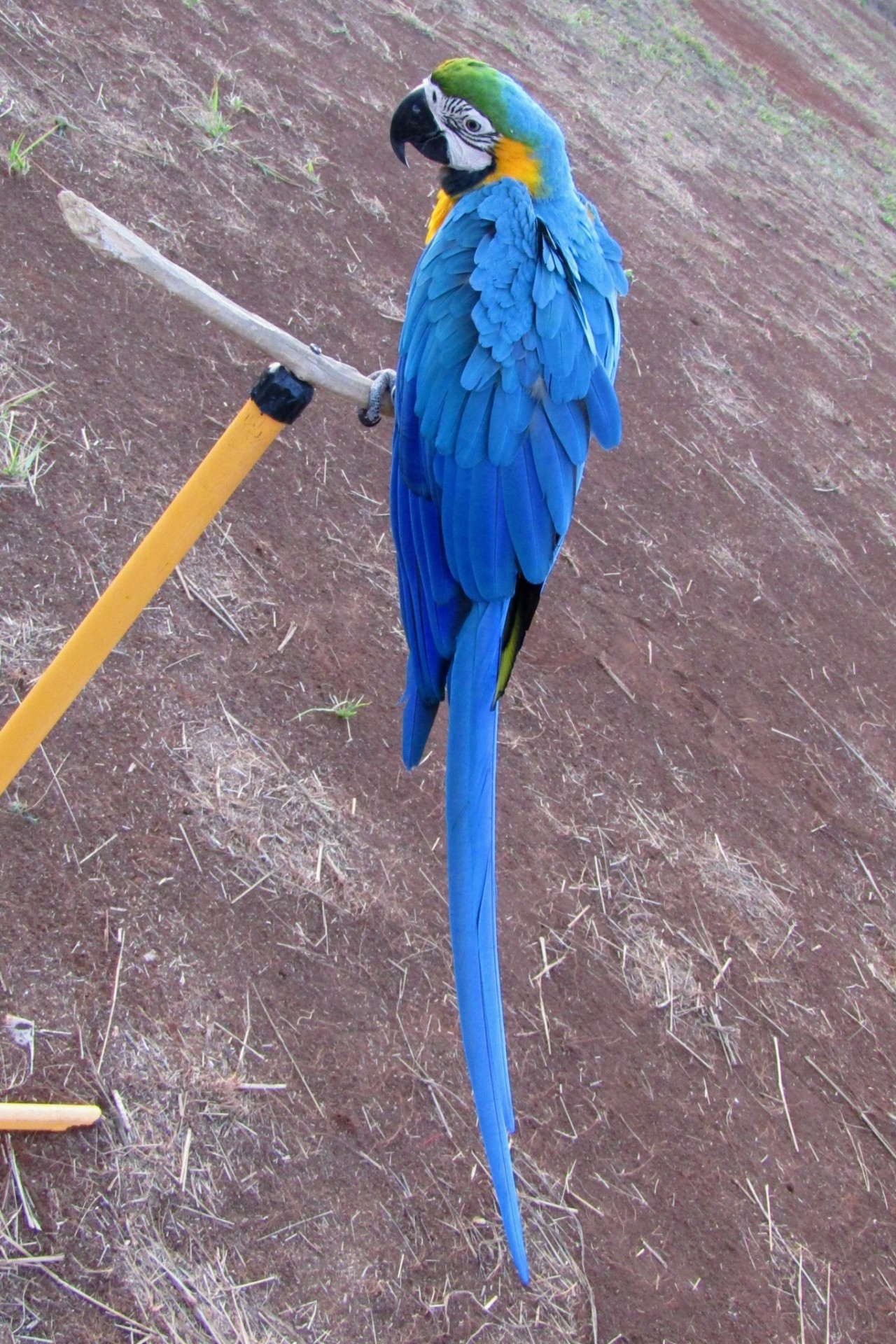Results 426 to 450 of 525
Thread: Thailand bird photos
-
25-01-2022, 01:17 PM #426
-
26-01-2022, 02:34 PM #427Thailand Expat
































- Join Date
- Feb 2017
- Last Online
- Yesterday @ 12:21 PM
- Location
- One heartbeat away from eternity
- Posts
- 5,594
The blossoming mango trees brought a lot of insects and a couple of different birds for the buffet. Now the blossom is finishing and other birdshave arrived.
I know I should get a decent camera (and car and house and phone), maybe one day. Given the limitations of the operator and the equipment, can someone tell me what this small bird is?
Kind of dull on top and dull grey underneath, the main feature I can see is a sort of eyebrow feature. Very small and very active.
-
30-01-2022, 03:13 PM #428Thailand Expat
































- Join Date
- Feb 2017
- Last Online
- Yesterday @ 12:21 PM
- Location
- One heartbeat away from eternity
- Posts
- 5,594
I am going to put that down as a Greenish warbler, unless anyone has a better suggestion.
I feel sorry for those birds that got rubbish names. I mean, a Golden eagle or a Great bustard could feel happy with its name but a bird that is simply 'greenish' must surely wish that it had been named by someone with a bit more imagination.
-
23-02-2022, 12:53 PM #429
-
23-02-2022, 12:56 PM #430
-
23-02-2022, 01:02 PM #431
i see the wind and rains has decimated your mangoes
-
23-02-2022, 01:48 PM #432
-
23-02-2022, 02:05 PM #433
-
23-02-2022, 02:54 PM #434Thailand Expat
































- Join Date
- Feb 2017
- Last Online
- Yesterday @ 12:21 PM
- Location
- One heartbeat away from eternity
- Posts
- 5,594
Thank you. That sounds exactly right. So it is only here for the winter. Having looked it up:
Description:
This is one of the smallest warblers, 9.5-10 cm long, and shares greenish upperparts and off-white underparts with typical leaf warblers. However, it has prominent double wing bars and long supercilia.
This bird is not shy, but its arboreal life style makes it difficult to observe. It is constantly in motion. Its song is weak and high pitched; the call is faintly disyllabic.
And thank you too for the Scarlet-backed flowerpecker. I felt sure I'd be able to find it and looked through pages of birds with 'red' bits. I should have thought of 'scarlet'.
All these are visitors to just one very small mango tree.
-
23-02-2022, 02:59 PM #435Thailand Expat
































- Join Date
- Feb 2017
- Last Online
- Yesterday @ 12:21 PM
- Location
- One heartbeat away from eternity
- Posts
- 5,594
The heavy rain certainly finished off the blossom. For a very young tree it still looks loaded with fruit. Last year I think there were just three mangoes, and only one reached maturity. So I am fairly happy with it this year.
On the plus side, with the blossom gone it is much easier to see the small birds that visit it.
-
08-12-2022, 09:20 AM #436
On the dog walk this morning I heard this noise that was like a high-pitched squeaky door being constantly opened and closed, over and over again. That's the best I can describe it.
Eventually I looked up and saw this bird with a bright red breast and vivid red stripe on it's head. I've never seen one before.
-
08-12-2022, 04:49 PM #437
A Coppersmith Barbet.
Quite common, and you can often hear them before you see them. They sound something like "pook pook pok pook pook" ... continuously for ages.
-
08-12-2022, 05:38 PM #438
-
08-12-2022, 05:46 PM #439
^^ Thanks Nev!
And I haven't forgotten about that other matter, by the way. These things take time.
-
12-01-2023, 11:38 AM #440
-
08-02-2023, 01:19 PM #441
Flight Club? Flight Night?
Free flying evening at the Tha Mai navy airstrip, Chanthaburi
7 Feb 2023



-
08-02-2023, 01:42 PM #442
-
08-02-2023, 01:46 PM #443
in the UK there have been breeding population of ring necked parakeets around since the 70s and there are quite large populations in some cities. In London in particular there are loads and its surreal seeing a flock of them
Ring Necked Parakeets in the UK - The RSPB
-
08-02-2023, 01:57 PM #444
There were around 30 birds in total, owners have whistles to call them back (sounded like a Thai traffic police or parking wardens) and set the birds off in groups while others sit of their perch waiting their turn. Birds return to land on a raised hand, or in some cases, on to the owner's head/shoulder.
They were packing up as we left just after sundown, birds appeared quite content to get back into their carry-cages and go home.
The airstrip is open evenings for walkers, joggers, skateboarders, often there's sports events here and eg Children's Day activities. Popular place - no dogs, vehicles or cyclists, and a measured 2000m circuit.
Also these ones

-
08-02-2023, 02:32 PM #445
^ that would have been fun to see, must check it out next time i'm down that way. is there a website or is it a word of mouth thing
-
08-02-2023, 02:48 PM #446
All informal; joggers etc there every early morning and in the evening, the macaws seem to be there 4-5 evenings per week, owners set up their perches about 200m from the road.
Often see these paragliders there too - but not on the same night as the birds ! potential there for some aerial conflict, have seen up to eight at once, unsure if privately-owned or if they're military staff.

-
10-02-2023, 03:02 PM #447
-
10-02-2023, 03:18 PM #448Thailand Expat
































- Join Date
- Feb 2017
- Last Online
- Yesterday @ 12:21 PM
- Location
- One heartbeat away from eternity
- Posts
- 5,594
After two dry months the garden was very quiet, then we had a long wet weekend and it has all changed. The pomegranate is flowering, along with the mango, and both these attract the sunbirds.
Today in the garden I have seen a Common iora, (Yellow browed?) warbler, Pied fantail, Tree sparrows, Coucal, Common tailor bird, Zebra doves and a pair of Pied magpie robins. That's without trying, just what I noticed flying about.
The pics that follow are up to my usual high standards. In addition to those birds already mentioned we have had three sunbirds today: Purple and Olive-backed males plus one female that I think is Purple. The first pic is the male Purple sunbird hanging upside down with the female directly beneath.
The next I think is a White-rumped munia. Usually the munias around here travel in groups, this one was alone:
-
12-02-2023, 01:45 PM #449
-
12-02-2023, 02:22 PM #450Thailand Expat
































- Join Date
- Feb 2017
- Last Online
- Yesterday @ 12:21 PM
- Location
- One heartbeat away from eternity
- Posts
- 5,594
Or perhaps Pycnonotus conradi. The Internet is a dodgy place to go looking for information. This might be more accurate:
The streak-eared bulbul (Pycnonotus conradi) is a member of the bulbul family of passerine birds.
It is found from Thailand and northern and central Malay Peninsula to southern Indochina.
Its natural habitat is subtropical or tropical moist lowland forests.
The streak-eared bulbul was originally described in the genus Criniger. Until 2016, the streak-eared bulbul was considered to be conspecific with the Ayeyarwady bulbul while still using the name 'streak-eared bulbul' (as Pycnonotus blanfordi).
Streak-eared bulbul (Pycnonotus conradi)
Thread Information
Users Browsing this Thread
There are currently 2 users browsing this thread. (0 members and 2 guests)





 Reply With Quote
Reply With Quote


